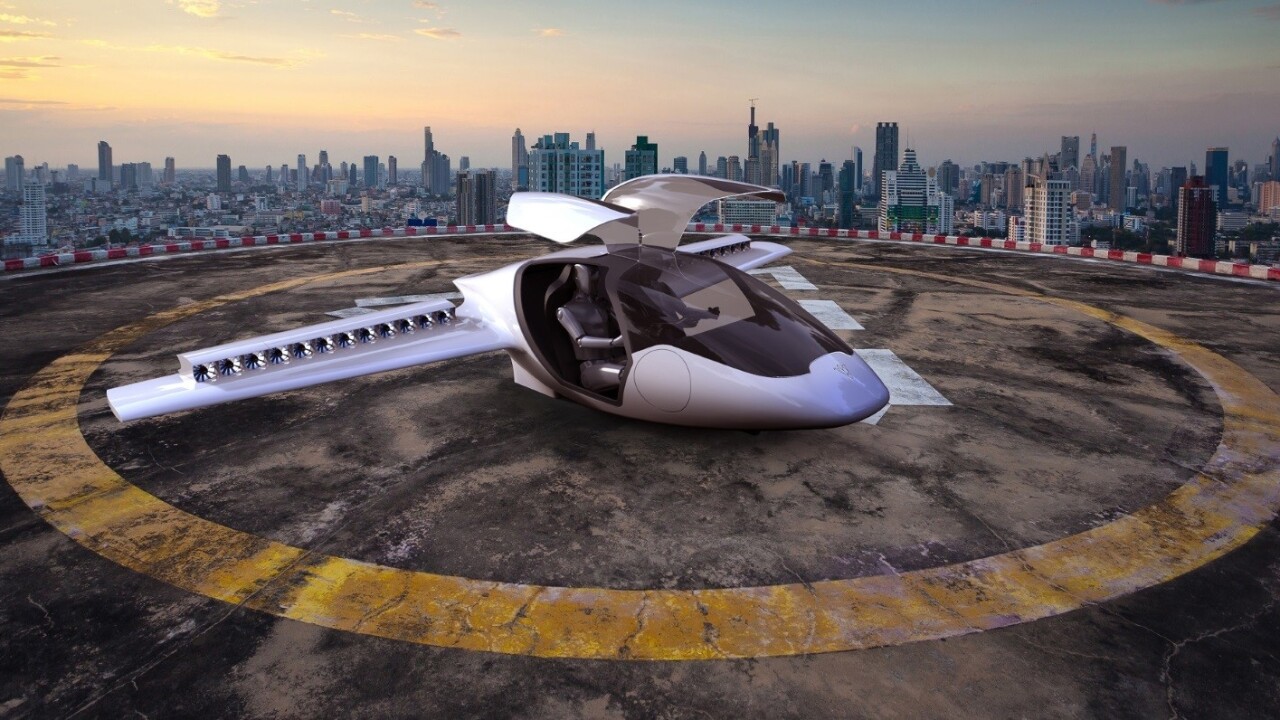The headline above might sound a bit far-fetched, right? The promise of soaring through the skies, whether by jetpack or any other means, is one we’ve all heard a lot about over the last few decades.
Jetpacks and (real) hoverboards aren’t quite here yet, and we haven’t quite got the hang of driverless cars yet, so telling you that the European Space Agency (ESA) is helping with work on a vehicle that combines the best of helicopters and planes, and that it’ll be ready for testing from next year sounds even more unlikely. But it’s true.
The Lilium is being developed in the ESA’s accelerator specifically to overcome the key problems with existing means of air travel – namely the massive amount of space required to get a plane off the ground, and the upkeep and safety of helicopters, explains Daniel Wiegand, CEO and one of Lilium’s founders.
Our goal is to develop an aircraft for use in everyday life,
We are going for a plane that can take off and land vertically and does not need the complex and expensive infrastructure of an airport.
The team is aiming for a take-off area of just 15 meters squared.
It wouldn’t seem very ‘mass market’ if you needed to train for years to fly it though, would it? Instead, it’s intended to be a minimum of 20 hours at the helm, and take-off and landing will be automatic.
Once airborne, the company is aiming to give the Lilium electric plane a top speed of nearly 250MPH and a maximum altitude of up to 10,000 feet.
The ESA and Lilium are now in the process of building a full-size prototype, having already developed load-bearing models.
Manned testing is scheduled to start next year, with availability currently being touted beginning in 2018.
There’s no word on pricing as yet, but it’s hard to imagine it being anywhere approaching ‘affordable.’
Get the TNW newsletter
Get the most important tech news in your inbox each week.






